Acrylic Supply List
Rebecca Bridges Rice, Abstract Painting
This list is designed for beginners that may not have a set of paints and are not sure what they will like. If you are an experienced painter and have acrylic paints, brushes and palette that you are comfortable with, use those.
1). Acrylic paints -- for this class, student grade is fine. In the beginning, we are more concerned with design ideas than permanence. If you are buying paints and not familiar with acrylics, a small starter set or individual tubes or bottles of a red, yellow, blue, white. I do sometimes use Ivory Black, but it is not essential.
Simple inexpensive acrylics from Walmart could be
· by Plaid, Apple Barrel in bottles-- Real Red, Real Blue, Bright Yellow and White
· Or by Daler Rowney in tubes Red, Ultramarine Blue and Medium Yellow or Lemon Yellow.
An alternate: If you buy individual tube colors, some basic colors for a simple 3-PRIMARy-palette (red, yellow & blue + white)—these are basics – it is up to you how much you buy
· Yellow – Lemon yellow or Cadmium yellow light or Cadmium yellow med Daler Rowney (from Walmart) Medium Yellow will do, but these paints are often lumpy.
· Red -- Napthol red (cooler) or Cadmium Red, (warmer) or Winsor & Newton Crimson
· Blue -- Ultramarine Blue (cooler than phthalo) or Winsor Blue is same as Phthalo Blue, similar to Prussian Blue.
· White – Titanium White or use White in a bottle such as Plaid or Ceramcoat. It will have a different look (more opaque) than tube white. Titanium white in tubes is more transparent.
2). Palette - For class, simple inexpensive palettes could be Styrofoam plates or a tear-off palette
pad, large white porcelain plate or simply a plastic plate. I often used a Stay-Wet palette from an art supply store or a sheet of glass I have cut to fit a sheet-cake pan with a lid. I clean that with paper towel, palette knife and razor blade scraper. You can use a tear-away palette pad also.
3). Paintbrushes - A variety of brushes is useful. I will often buy an inexpensive set such as shown at Walmart. There are a lot of good craft brushes that work great for acrylics. Acrylics tend to ruin brushes if not kept really clean. If you are a beginner, start with inexpensive brushes. A flat 1”, 1-1/2” brush, a round or filbert brush and a rigger (long, thin for lines) are good basics.
4). Water container - for cleaning your brushes. Should be large enough (plastic) that you can let a brush sit in it for a few minutes without it tipping over or breaking – please no glass.
Note: We will not be doing poured acrylics in this class.
5). Support (painting surface) – The supports will depend on the style of painting the student wishes to do. Below are suggestions and alternates, we don’t need all:
· Canvas Board -- start small with 8” x 10” or 9” x 12”
· Gesso-primed hardboard (Masonite) in small sizes
· Paper Pad for water media or canvasette pad
· Watercolor paper pad or sheets (if you use watercolor paper you will need a drawing board slightly larger so you can clip or tape the paper to a board to prevent buckling.)
6). Extras –
· Palette knife for mixing colors
· Spray/mister bottle ( I got a small one from Sally Beauty Supply)
· Drawing board to support watercolor sheet if you use that.
· Acrylic mediums – gloss, matte or retarder
· Rags or paper towels or shop towels for cleaning brushes
· Sketchbook – any size
· Pencil or charcoal for sketching ideas ahead of time
· Eraser (kneaded, preferably)
· Making tape NOT blue or green painter’s tape
Tips –
Later as you become more familiar with acrylics and decide you like working with them, you will most likely want to buy additional “convenience” colors. Because acrylics dry fast, having some premixed colors in tubes helps.
